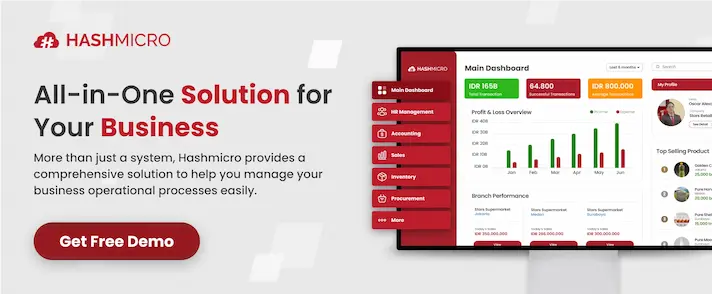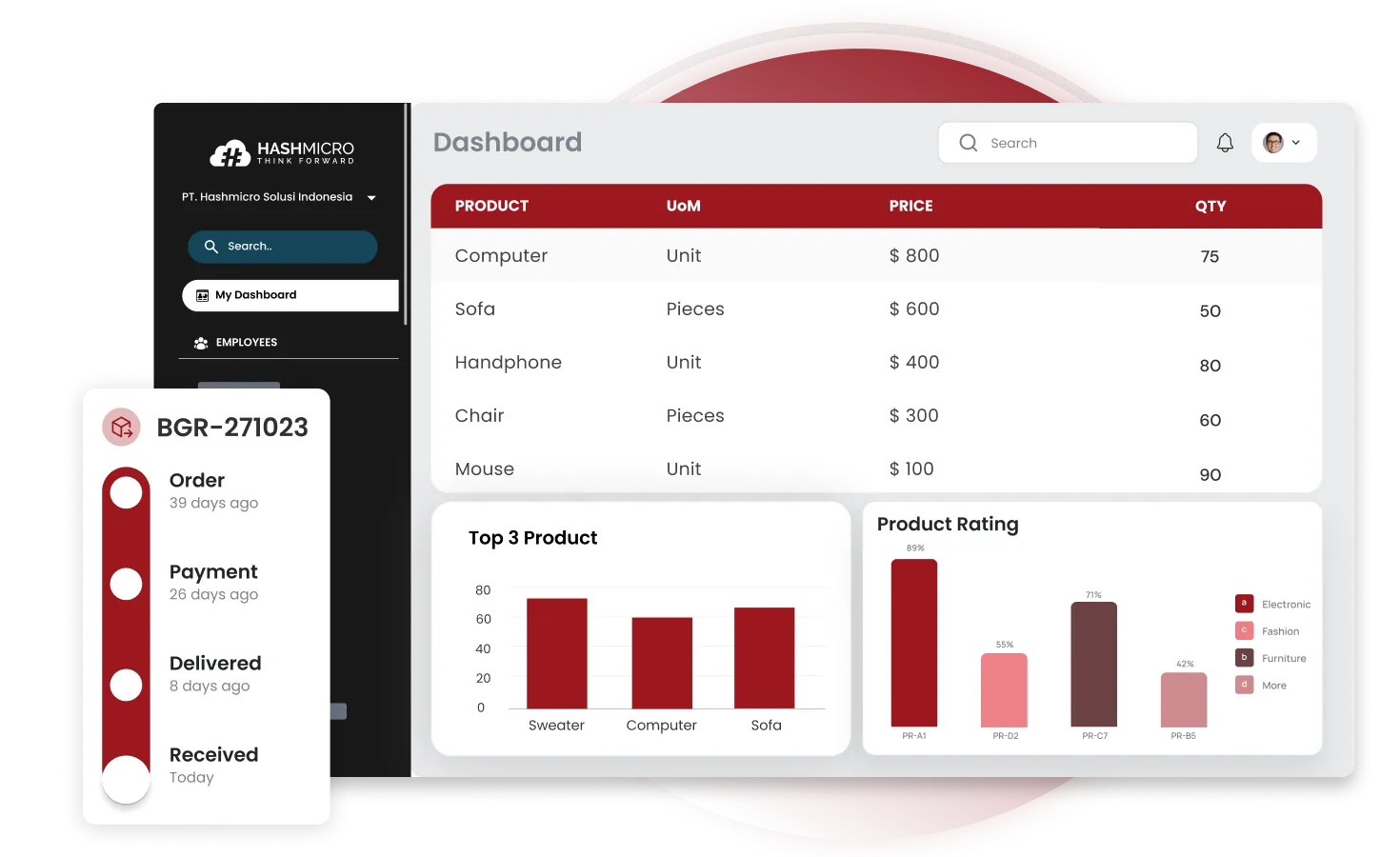Procurement spend analysis is the process of collecting, cleaning, and analyzing a company’s procurement data to gain insights into spending patterns. It helps businesses make informed decisions by identifying cost-saving opportunities and improving supplier negotiations.
By leveraging procurement spend analysis, businesses can streamline their procurement processes, reduce costs, and ensure better budget alignment. Utilizing procurement software makes this process easier by automating data collection, analysis, and reporting, providing real-time insights.
Do you want to optimize your procurement strategy and drive savings? Keep reading to discover how procurement spend analysis can transform your business operations and help you make smarter, data-driven decisions.

Key Takeaways
|
What is Procurement Spend Analysis?
Procurement spend analysis involves collecting, organizing, and analyzing expenditure data to identify cost-saving opportunities, improve efficiency, and optimize procurement strategies. Its primary goal is to enhance spending control, supplier management, and procurement performance across the organization.
Spend analysis provides valuable insights by addressing key questions such as:
- What are we spending money on?
- How much have we paid?
- Who are we buying from?
- Is there a better way to do this?
These answers help procurement teams identify areas for savings, improve negotiations, and ensure compliance with company policies.
A comprehensive data review is essential in spend analysis, as it examines products, prices, quantities, suppliers, and payment terms. This process offers a complete view of spending patterns, supplier performance, and opportunities for refining procurement strategies.
Why is Spend Analysis in Procurement Important?
Spend analysis in procurement is crucial for optimizing procurement processes and improving financial health by identifying cost-saving opportunities and ensuring alignment with business goals. Below are the reasons why it is important:
- Cost reduction: It helps identify savings opportunities, consolidate purchases, and negotiate better terms with suppliers.
- Improved supplier relationships: By evaluating supplier performance, it fosters stronger partnerships and ensures better alignment with business goals.
- Risk management: It highlights inefficiencies, overpayments, and vulnerabilities in the supply chain, mitigating potential risks.
- Data-driven decision making: Spend analysis enables more informed, strategic decisions that align with organizational goals and objectives.
- Optimized procurement strategies: It helps streamline sourcing processes, reduce reliance on underperforming suppliers, and improve overall procurement efficiency.
- Enhanced compliance and transparency: It ensures that all expenditures align with company policies, increasing accountability and compliance.
Spend analysis in procurement helps identify cost-saving opportunities and optimize pricing strategies. To further optimize your procurement process, download our comprehensive pricing scheme that can help you make more informed, data-driven decisions.
Sources of Procurement Spend Data
Procurement spend data is primarily stored within a company’s financial records, with the general ledger serving as the master account that tracks all financial transactions.
This data is typically managed through enterprise resource planning (ERP) systems, such as HashMicro, or within custom accounting systems. Key source documents include purchase orders, goods received, invoices, company credit card statements, and direct treasury payments.
For example, a company might track all purchases made using company credit cards and reconcile them with the corresponding invoices and purchase orders to ensure accurate spend data.
Aggregating and validating this data is an ongoing process that requires time and attention to detail. It’s not a one-time task, but rather a repeatable activity to ensure that the data remains up-to-date and accurate.
To streamline this process, implementing spend analysis software can be an effective solution, helping organizations consistently track and analyze procurement spend in real-time.
How to Analyze Procurement Spending?

Analyzing procurement spending requires a structured approach to uncover insights and make informed decisions. Procurement teams can identify cost-saving opportunities and ensure alignment with business objectives. Here’s how to approach it effectively.
- Capture data from multiple sources
Gather procurement data from systems such as ERP, purchase orders, supplier transactions, and internal reports. Ensure that all relevant departments and business units contribute their data for a comprehensive view. - Consolidate and cleanse the data
Consolidate all collected data into one central database. Cleanse the data by removing errors, duplicates, and inconsistencies to ensure accuracy and reliability. - Categorize spend data
Classify the data into logical spend categories (e.g., raw materials, IT services) for easier analysis. Creating a standardized taxonomy will streamline procurement decision-making and provide clearer insights. - Analyze spending patterns and trends
Review spending data to identify trends, spending patterns, and opportunities for cost reduction. Focus on key metrics like supplier performance, spend by category, and the proportion of spend linked to contracts. - Evaluate supplier performance
Assess the performance of suppliers by analyzing spending patterns, compliance with contracts, and delivery efficiency. Identify underperforming suppliers and areas where you can renegotiate terms. - Leverage external data for deeper insights
Enhance your analysis by integrating external data sources, such as supplier sustainability scores or carbon emissions data. This adds a layer of strategic insight to procurement decisions. - Identify risks and opportunities
Use the analysis to uncover risks (e.g., supplier dependencies) and identify cost-saving opportunities. Focus on inefficiencies, overspending, or any gaps in supplier management that could impact the procurement strategy. - Refine sourcing and procurement strategies
Use insights gained from the analysis to optimize procurement strategies. This may involve adjusting supplier negotiations, consolidating spend, or exploring new sourcing options to improve efficiency and reduce costs.
Maximize Savings with Spend Analysis in Procurement Using HashMicro Procurement Software

As highlighted earlier, optimizing procurement spend is essential for maintaining financial control and ensuring efficient operations. To support this, HashMicro offers a procurement software solution designed to streamline procurement spending analysis and enhance decision-making in real time.
HashMicro Procurement Software is Singapore’s leading solution for efficient procurement management, trusted by over 2,000 enterprises across Southeast Asia. It provides a comprehensive system that helps optimize procurement spend by offering seamless tracking, real-time updates, and data-driven insights.
Key features of HashMicro Procurement Software that support procurement spending analysis include:
- Integrated with Hashy AI for Procurement: Hashy AI evaluates suppliers across tenders and RFQs, recommending the most cost-effective options automatically.
- End-to-end purchase tracking: Manage PRs, POs, and RFQs in one place to gain full visibility of where your money goes.
- Controlled approvals: Set up PR approvals by department to minimize unauthorized or duplicate spending.
- Supplier rating system: Monitor supplier performance and pricing trends to support smarter sourcing decisions.
- Blanket order management: Lock in better pricing and reduce repeat purchases with scheduled bulk ordering.
- Landed cost calculation: See the true cost of every item, including taxes, freight, and currency rates, to prevent hidden spend leakages.
HashMicro also provides CTC grants of up to 70%, allowing businesses to access financial support and improve their invoicing and financial management with advanced software solutions.
Conclusion
Procurement spend analysis is the process of analyzing a company’s procurement data to identify spending patterns, cost-saving opportunities, and areas for process improvement. It helps businesses make informed decisions that enhance efficiency and reduce costs.
HashMicro Procurement Software simplifies this process by automating data collection, categorization, and analysis. It provides real-time insights, helping organizations optimize their procurement strategies and achieve better financial control.
Ready to take your procurement strategy to the next level? Try HashMicro Procurement Software today with our free demo and experience the benefits firsthand.
Warning: Undefined array key "med" in /home/hashmicr/public_html/blog/wp-content/plugins/insert-headers-and-footers/includes/class-wpcode-snippet-execute.php(419) : eval()'d code on line 281

Frequently Asked Questions About Procurement Spend Analysis
-
What is procurement spend?
Procurement spend refers to the total amount a company spends on goods and services from external suppliers. Spend data management involves collecting, organizing, and managing expenditure information to gain insights.
-
How does cost analysis differ from spend analysis?
Cost analysis focuses on identifying ways to reduce costs and optimize specific products or services, while spend analysis offers strategic insights for decision-making, supplier management, and enhancing the overall procurement process.
-
How is spend analysis calculated?
To perform spend analysis, collect all procurement data, such as invoices and purchase orders. Next, categorize the spend by supplier, department, or product. Finally, analyze the data to uncover trends, identify cost-saving opportunities, and enhance supplier negotiations.
































